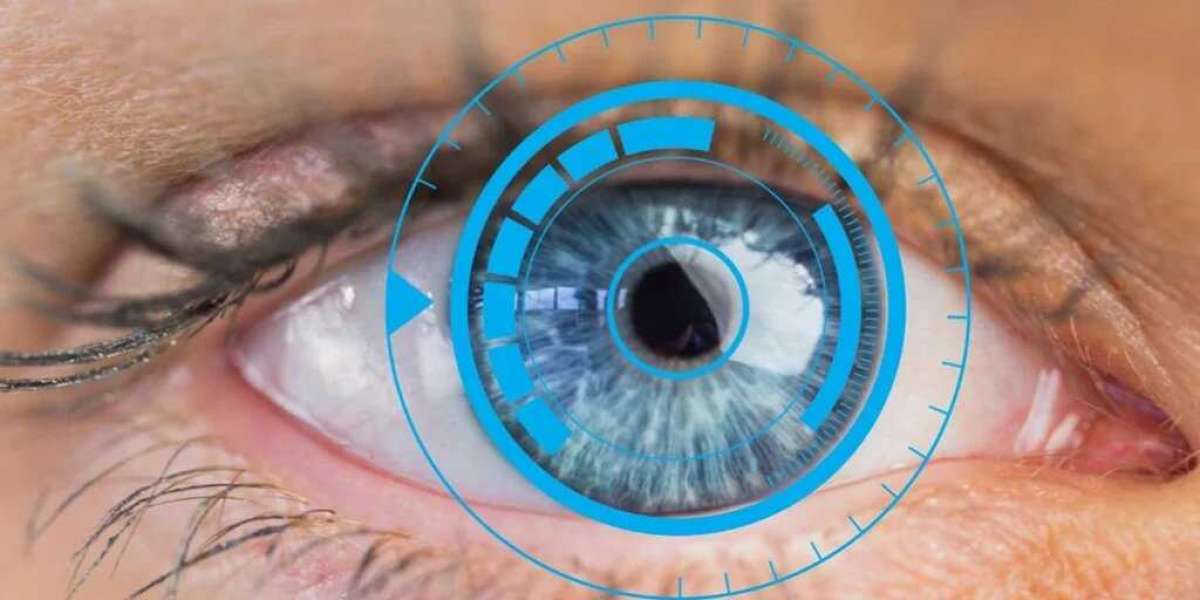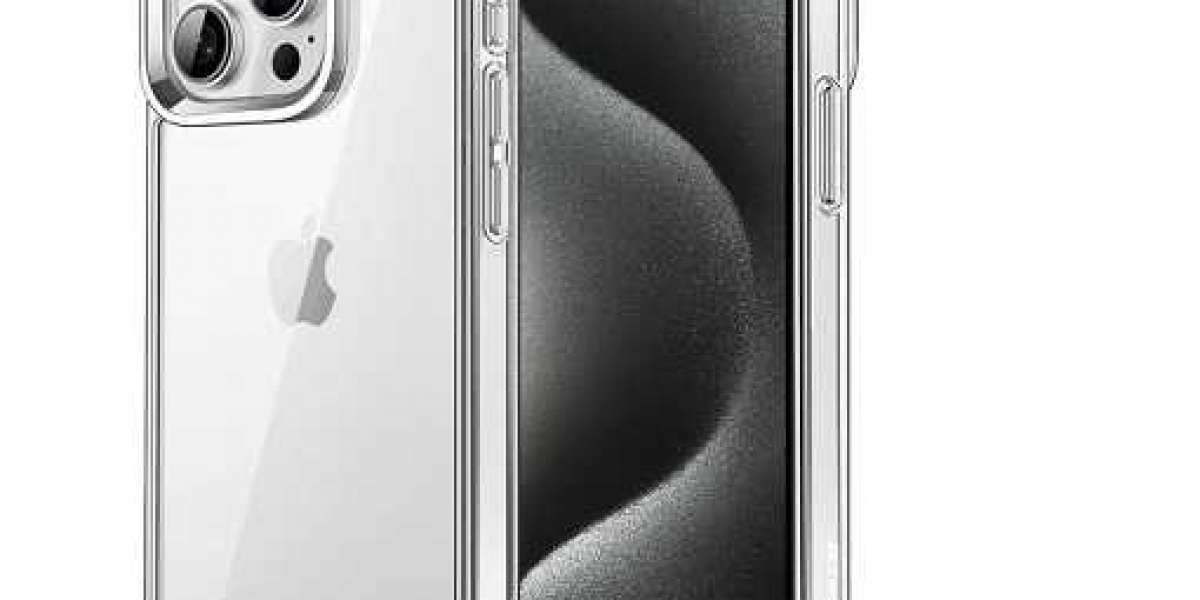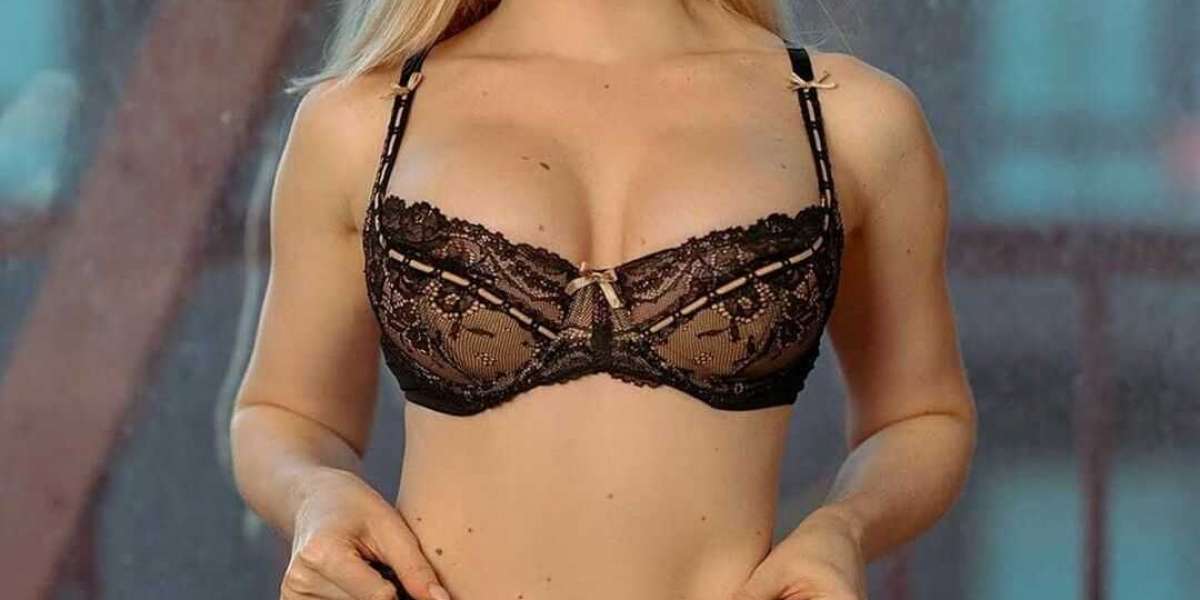Introduction
Clear vision is essential for a child's growth and development. When a child struggles to see distant objects, it can impact their learning, social interactions, and overall well-being. Nearsightedness, or myopia, is a common vision issue that affects millions of children worldwide. Understanding its causes, signs, and treatment options is crucial for parents seeking the best care for their child’s eyesight. Consulting a pediatric eye specialist ensures timely diagnosis and effective management of this condition.
Understanding Nearsightedness in Kids
Nearsightedness occurs when the eyeball is too long or the cornea is too curved. This causes light to focus in front of the retina instead of directly on it, making distant objects appear blurry. While genetics play a significant role, lifestyle factors like excessive screen time and limited outdoor activities can also contribute to myopia progression.
Signs Your Child May Have Nearsightedness
Recognizing the symptoms early can help parents seek timely intervention from the best pediatric eye specialist. Common signs include:
- Squinting frequently when looking at distant objects.
- Sitting too close to screens or books.
- Complaints of headaches or eye strain.
- Difficulty seeing the board in school.
- Frequent blinking or rubbing of the eyes.
If you notice these signs, scheduling an eye examination with a pediatric eye specialist is essential for proper diagnosis and treatment.
Diagnosis and Importance of Regular Eye Exams
Routine eye check-ups help in detecting vision problems before they worsen. Pediatric eye specialists perform comprehensive eye exams, including:
- Visual acuity tests to measure how well your child sees at different distances.
- Refraction tests to determine the level of myopia.
- Eye health assessments to rule out other conditions.
Children should have their first eye exam at six months, followed by another at age three, and annually once they start school. The earlier myopia is detected, the better it can be managed.
Treatment Options for Managing Nearsightedness
A pediatric eye specialist can recommend different treatments based on your child's age and severity of myopia. Effective options include:
1. Prescription Glasses
Eyeglasses are the most common and safest way to correct myopia in children. Regular updates to the prescription ensure that their vision remains sharp as they grow.
2. Contact Lenses
For older children, contact lenses can be an alternative to glasses. Special orthokeratology (Ortho-K) lenses, worn overnight, can temporarily reshape the cornea and reduce myopia progression.
3. Atropine Eye Drops
Low-dose atropine drops have been shown to slow the progression of myopia in children. These drops are prescribed by the best pediatric eye specialists after evaluating the child’s condition.
4. Myopia Control Lenses
Newly developed glasses and contact lenses specifically designed for myopia control help reduce the rate at which nearsightedness progresses in kids.
Preventing Myopia Progression in Children
While myopia cannot always be prevented, parents can take proactive steps to slow its progression:
- Encourage Outdoor Play: Studies show that spending at least 2 hours outdoors daily can reduce myopia risk. Sunlight and distance-focused activities help in healthy eye development.
- Limit Screen Time: Prolonged exposure to screens can strain the eyes. Encourage breaks using the 20-20-20 rule—every 20 minutes, look at something 20 feet away for 20 seconds.
- Ensure Proper Lighting: Reading in dim light can cause unnecessary eye strain. Ensure that children read and do homework in well-lit environments.
- Maintain a Balanced Diet: Nutrient-rich foods like leafy greens, fish, nuts, and carrots promote eye health. A diet rich in Vitamin A, C, and Omega-3 fatty acids supports vision development.
- Regular Eye Check-ups: Visiting a pediatric eye specialist regularly helps in early detection and management of myopia.
Why Choose the Best Pediatric Eye Specialist for Your Child?
Managing myopia requires expertise and a personalized approach. The best pediatric eye specialist understands the complexities of children’s vision and offers tailored treatments to ensure the best outcomes. An experienced specialist:
- Uses advanced diagnostic tools for precise assessments.
- Provides a range of myopia management solutions.
- Monitors vision changes and adjusts treatments accordingly.
- Educates parents on best practices for maintaining eye health.
Conclusion
Every child deserves clear vision for a bright future. With early detection and expert care from a pediatric eye specialist, myopia can be managed effectively, ensuring that children experience the world with clarity. Maxi Vision Eye Hospital, a super specialty eye hospital, is committed to providing world-class pediatric eye care. Trust the expertise of our specialists to safeguard your child’s vision and promote lifelong eye health.






